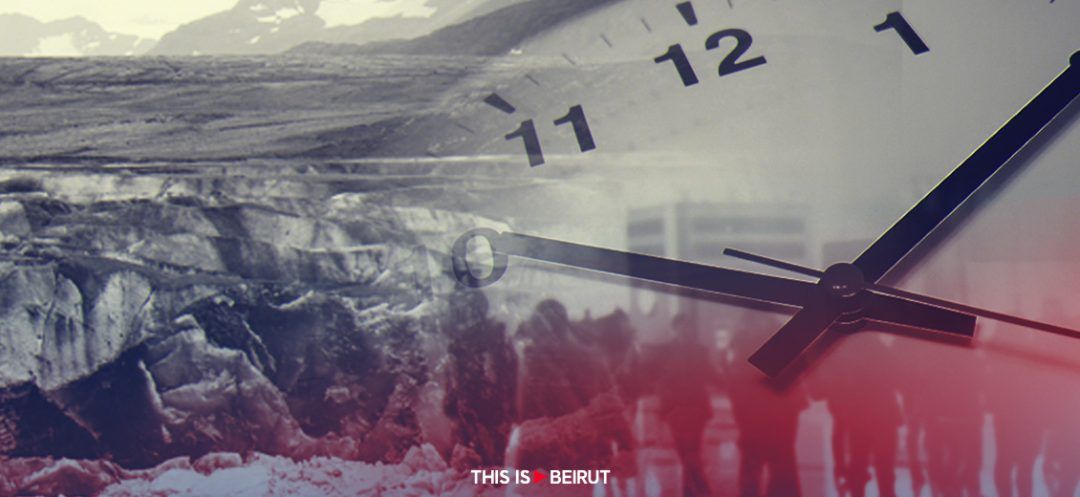
On Sunday, March 31st, just before dawn, most of the planet will set its clocks forward by one hour in what is known as daylight saving time (DST). However, another issue has sprung forward, with climate change affecting Earth’s rotation and with it, timekeeping.
Weirdly, global warming could be helping to delay history’s first “negative leap second,” according to a study published on Wednesday by Nature magazine.
How to Calculate Time
The internationally agreed-upon coordinated universal time (UTC) is used to set all time zones around the world. Historically, time was measured by the rotation of the Earth. However, in 1967, scientists, for better precision, adopted atomic clocks using the internal resonance frequency of atoms. This caused a problem since Earth’s rotation is slightly slower than atomic time.
The need to synchronize atomic clocks and Earth’s rotation gave birth to the “leap second” in 1972; it is an extra second that international timekeepers agreed to add to UTC as needed. 27 leap seconds have been added to the clock since then, the last one in 2016.
This does not occur on a regular basis, but only when needed. As it turns out, financial markets and navigational systems have their own way of incorporating the leap second, and this has led to inconsistencies.
The Negative Leap
Over the course of the years, Earth’s rotation has been speeding up, overtaking atomic time. Changes to the liquid core mean that the planet has been spinning slightly quicker, with timekeepers planning on subtracting a second for the first time in 2026. This is known as the “negative leap second.”
The study in Nature magazine finds that ice melt caused by climate change has offset that acceleration. The study states that ice sheets are losing mass five times faster than they were 30 years ago, shifting more mass towards the Earth’s center and slowing the planet's rotation.
In this report, geophysicist Duncan Agnew suggests that timekeepers now have an extra two to three years before they need to adjust due to climate change. “But this will pose an unprecedented problem for computer network timing,” says Agnew, because computer programs for leap seconds are written for positive leaps, not negative ones.
Not all scientists agree with the findings of the study; nonetheless, a negative leap second would be a small step into the unknown.
Read more





Comments